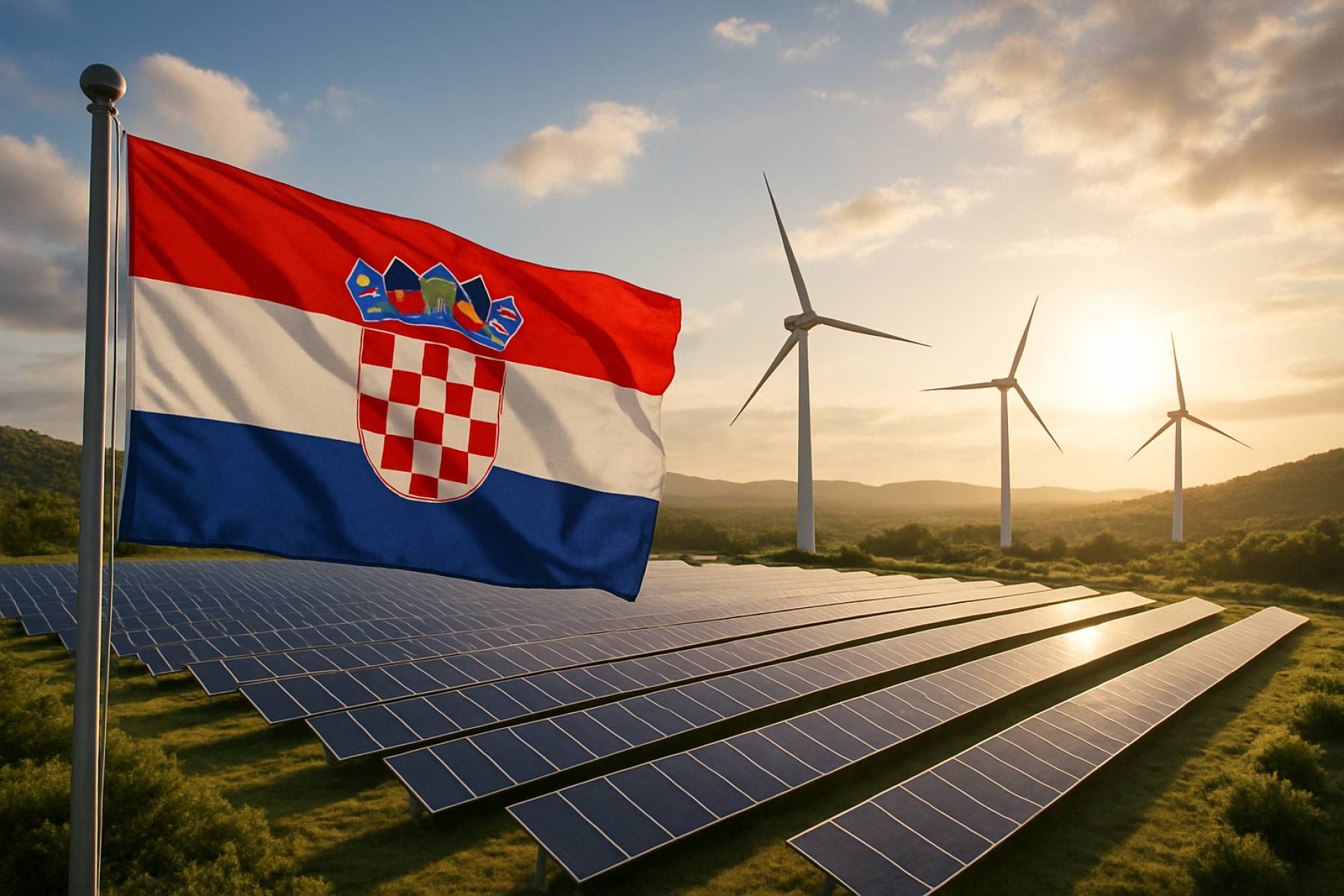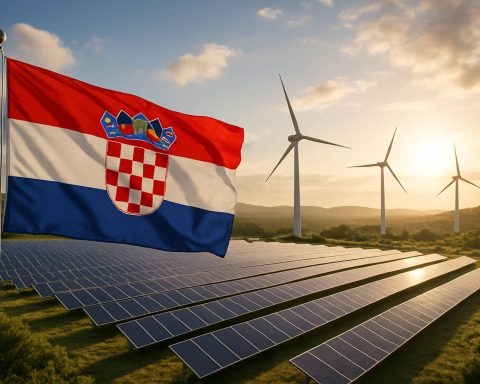Why Croatia’s Ambitious 100% Renewable Energy Goal for 2030 Is Turning Heads Across Europe
Croatia sets its sights on 100% renewable electricity by 2030—here’s how bold investments, solar and wind can spark a green revolution.
- 55% – Croatia’s renewable share in electricity consumption, end of 2023
- 5 GW – Solar power target for 2030
- €12.2 billion – Investment needed by 2030
- €360 million – Projected annual profit from net electricity exports
Croatia is stepping boldly into the future with a new Greenpeace-backed roadmap. This ambitious plan seeks to make the country’s entire electricity supply renewable by 2030—a move that would place Croatia squarely among Europe’s green leaders.
The landmark study, “100% Renewable by 2030 – A Plan for the Green Transition of Croatian Power Sector,” was unveiled in Zagreb by a team led by Professor Goran Krajačić from the University of Zagreb. The vision offers a blueprint for eliminating fossil fuels from the grid, championed by political courage and strategic investment.
But can Croatia really flip the switch so quickly? Here’s how the country aims to turn climate urgency into economic opportunity.
Q: What’s fueling Croatia’s race to 100% renewables?
Deep concern over the climate crisis—marked by tragic loss of life and mounting costs from extreme weather—is driving this dramatic shift. Greenpeace Croatia flagged the fossil fuel industry’s role in worsening the crisis across Europe, pushing countries like Croatia to seek cleaner, safer energy alternatives.
With more than half its electricity already sourced from renewables as of 2023, Croatia has a head start. But experts say political will is essential to reach the finish line.
How will Croatia ramp up solar and wind?
The plan bets big on solar and wind energy—Croatia’s natural strengths. By targeting 5 gigawatts of new solar capacity and 4.2 gigawatts from wind, the country is following the rapid solar expansions seen in neighbors like Greece and Hungary. Remarkably, those countries installed 7 GW and 5.5 GW of solar, respectively, in just five years.
Despite Croatia’s immense solar potential, it has only scratched the surface, recently hitting 1 GW of installed solar capacity. Greenpeace urges the government to accelerate progress, invest in transmission, and ensure every citizen can participate.
Q: What’s the investment—and is it worth it?
Switching the grid to all renewables won’t be cheap. The study estimates the necessary upgrades—new power plants, underwater cables, cross-border grid links—will cost €12.2 billion by 2030.
But the potential payback is huge. Annual savings in fuel and CO₂ allowances, plus profits from exporting clean power, can cover the €864 million in yearly loan repayments. The math adds up—experts insist the green transition is not only viable but profitable for Croatia.
How can Croatia involve its citizens and create jobs?
The green transition isn’t just about technology. Experts say it could “democratize” energy by letting people join energy communities: producing, storing, and sharing clean power. This participatory approach promises to unlock new jobs, business prospects, and economic opportunities for everyone.
Q: What challenges stand in the way?
Success depends on firm political decisions—clear signals to investors, stronger grids, and energy storage solutions. Greenpeace and local experts stress that leadership, vision, and collaboration with international partners like the United Nations and Greenpeace are key to making the plan reality.
How Croatia Can Take the Lead in Europe’s Green Revolution
If Croatia delivers, it could inspire other nations to go big on renewables. The world will be watching to see if this coastal nation can ride the winds of change into a cleaner, more secure energy future.
Ready to join the green wave? Here’s how you can support Croatia’s renewable revolution:
- Call for clear political decisions supporting renewables
- Advocate for grid modernization and energy storage investment
- Encourage community participation in local energy projects
- Share this story and raise awareness about the benefits of renewables
Croatia is at a crossroads—will it seize the moment to power the future with clean, homegrown energy? The green revolution starts now.














